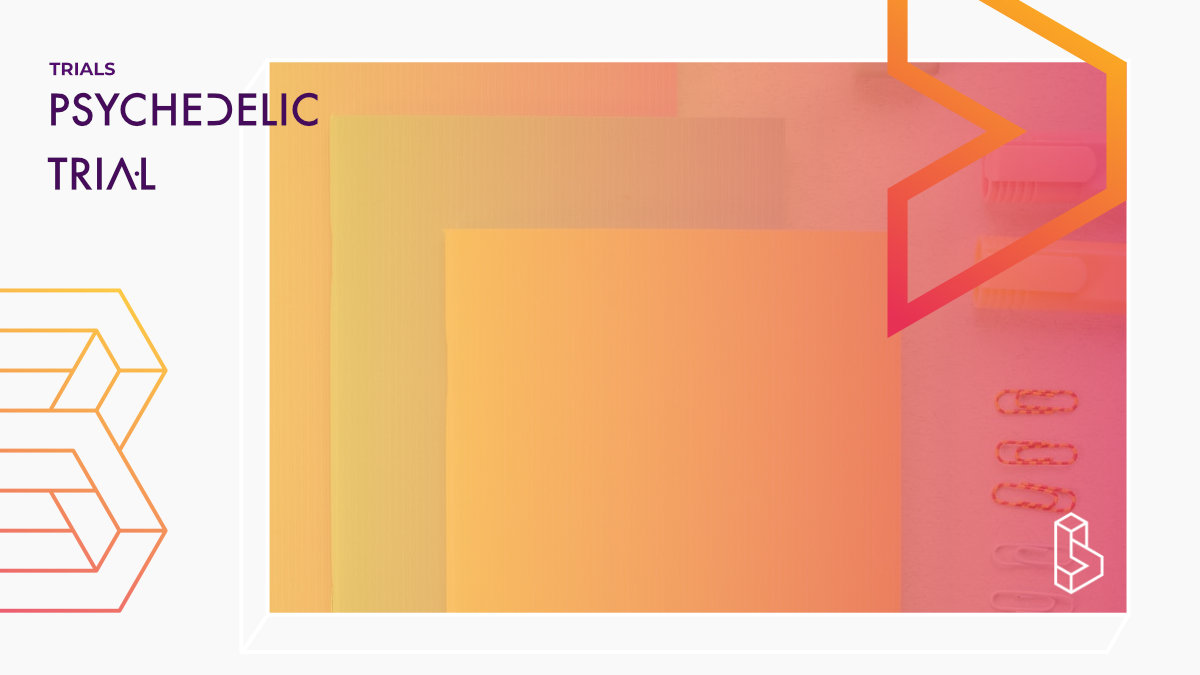This open-label, prospective trial (n=150) will investigate the safety, tolerability, analgesic effect, and feasibility of intranasal sufentanil/ketamine (CT001) in paediatric patients with moderate or severe pain attending an acute care setting, such as an emergency department following an injury.
Led by Cessatech A/S, this study is part of the clinical development plan for CT001 nasal spray for treating acute pain in children. The trial, with an estimated start date of April 2024 and a primary completion date of September 2024, aims to enrol paediatric participants aged 1 to 17 years who present with acute pain of moderate or severe intensity. The intervention involves administering CT001 intranasally.
Primary outcome measures include assessing the safety and tolerability of CT001, while secondary measures include evaluating the analgesic effect and assessing medication errors. Stuart Hartshorn, Dr., from Birmingham Children’s Hospital is the principal investigator for this trial.
Trial Details
Trial Number

